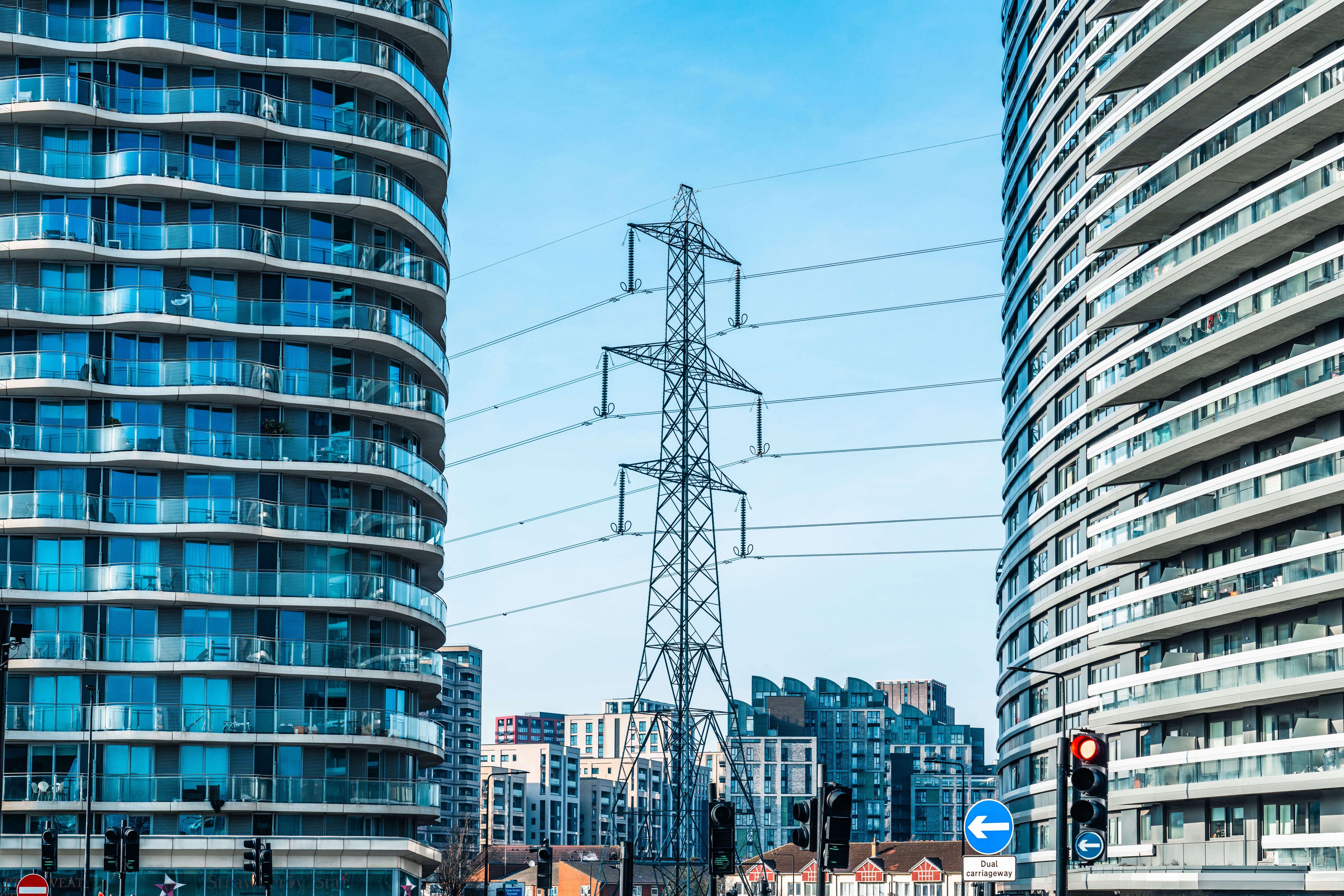Understanding C-PACE Financing in the Capital Stack
What is C-PACE Financing?
Commercial Property Assessed Clean Energy (C-PACE) financing is a unique financial tool that allows commercial property owners to fund energy efficiency, renewable energy, and water conservation projects. The financing is repaid through a voluntary assessment on the property tax bill, offering a long-term repayment plan that can extend up to 20 years. This structure not only helps in reducing energy costs but also enhances the value of the property.
C-PACE financing can cover a wide range of improvements, including HVAC systems, lighting upgrades, solar panels, and even seismic retrofits. By lowering operating costs and reducing environmental impact, these projects contribute to sustainability and long-term savings.

The Role of C-PACE in the Capital Stack
The capital stack refers to the different layers of financing used to fund a real estate project. It typically includes senior debt, mezzanine debt, preferred equity, and common equity. C-PACE financing fits into this stack as a unique form of funding that can replace or supplement traditional sources.
One of the significant advantages of C-PACE is that it is considered off-balance-sheet financing. This means it does not affect a company’s credit rating or borrowing capacity. Additionally, it can be used to free up capital for other investment opportunities, providing flexibility and liquidity for property owners.
Benefits of Integrating C-PACE
Integrating C-PACE financing into the capital stack offers several benefits:
- Non-Recourse Financing: Unlike traditional loans, C-PACE is secured by the property itself, not the owner’s credit.
- Transferable with Property Sale: If the property is sold, the C-PACE assessment transfers to the new owner, aligning with long-term investment strategies.
- Improved Cash Flow: Long repayment terms and potential utility savings contribute to better cash flow management.

Challenges and Considerations
While C-PACE offers numerous benefits, there are also challenges to consider. The complexity of aligning various stakeholders, including mortgage lenders, can sometimes slow down the process. Additionally, not all states have active C-PACE programs, limiting availability in certain regions.
It's essential for property owners to conduct thorough due diligence and work with experienced consultants to navigate these challenges effectively. Understanding the specific terms and conditions of a C-PACE program in your area is crucial to maximizing its benefits.
Evaluating Suitability
Before integrating C-PACE into your capital stack, evaluate its suitability for your specific project. Consider factors such as project size, expected energy savings, and alignment with overall business goals. Engaging with energy consultants and financial advisors can provide valuable insights into whether C-PACE is the right fit for your needs.

The Future of C-PACE Financing
The future of C-PACE financing looks promising as more property owners and developers recognize its potential for driving sustainable improvements. As awareness grows and more states adopt C-PACE programs, it is likely to become an integral part of the capital stack in commercial real estate transactions.
Continued innovation in clean energy technologies and increasing regulatory emphasis on sustainability will further fuel the demand for C-PACE financing. By embracing this innovative financing model, businesses can not only enhance their property value but also contribute to a greener future.